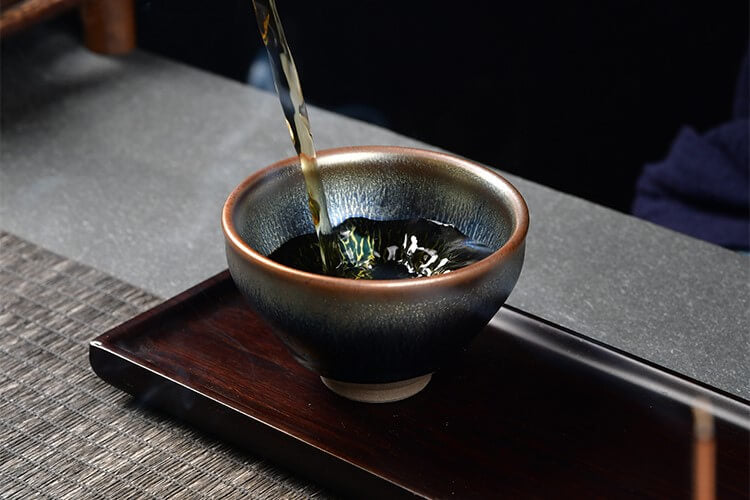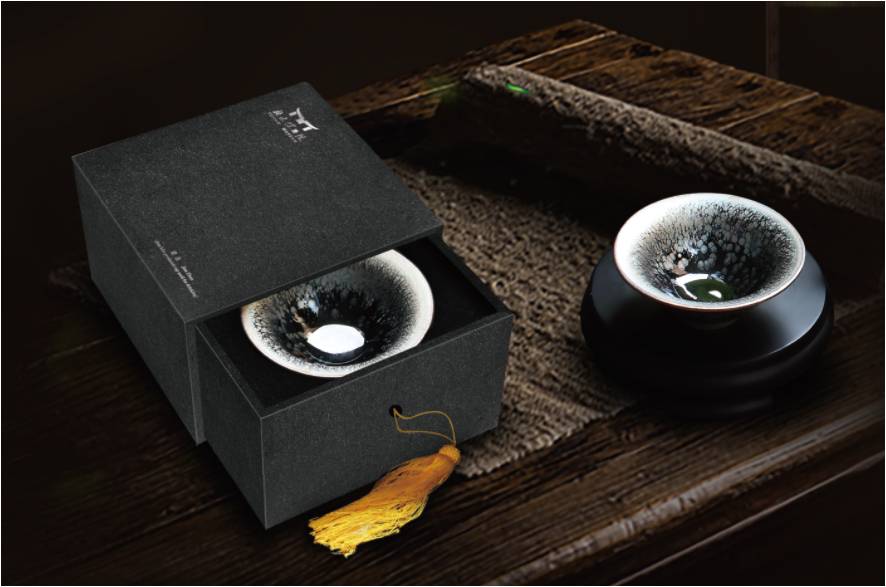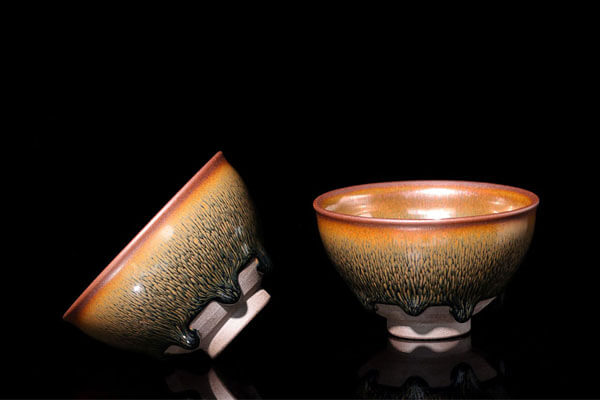How to Store Green Tea Properly: A Complete Guide
Green tea is loved for its refreshing taste and rich nutrients. But because it is unfermented and contains high levels of tea polyphenols, amino acids, and vitamins, it is highly sensitive to light, heat, moisture, and odors. Without proper storage, green tea quickly loses its freshness, aroma, and health benefits.
This guide explains the principles of green tea preservation, practical methods, storage tips for different situations, and common mistakes to avoid—so you can keep your tea fresh for longer and enjoy it at its best.

1. Why Green Tea Needs Extra Care
The quality of green tea depends heavily on freshness. Improper storage accelerates oxidation, breaks down nutrients, and can even cause mold or unpleasant odors.
-
Tea polyphenols → prone to oxidative browning.
-
Vitamin C → easily destroyed by heat and light.
-
Aroma compounds → absorbed by surrounding odors.
For premium teas like spring tea or pre-Ming tea, careless storage means losing their unique value. That’s why scientific preservation is essential.
2. Core Principles of Green Tea Preservation
To protect green tea, three key factors must be controlled:
-
Temperature – Keep it cool (0–5°C).
-
Low temperature slows oxidation and nutrient loss.
-
Avoid frequent temperature changes, which cause condensation and dampness.
-
-
Humidity – Keep it dry (<50% RH).
-
Green tea is highly hygroscopic; moisture quickly leads to mold.
-
In humid seasons, use food-grade desiccants.
-
-
Light & Odor Isolation – Keep it pure.
-
Light exposure accelerates oxidation and dulls aroma.
-
Tea easily absorbs odors from food, tobacco, or cosmetics. Always store away from kitchens or bathrooms.
-
3. Best Storage Containers and Methods
Choosing Containers
-
Ceramic/Zisha jars – Breathable, block light; best for short-term (1–3 months). Must be thoroughly dried before use.
-
Tin cans – Excellent sealing and light-proofing; ideal for medium- to long-term storage.
-
Aluminum foil or thick food-grade bags – Affordable and effective for short-term home use; divide into small portions.
-
Dark glass jars – Suitable for display and short-term storage; ensure strong sealing and avoid direct sunlight.
Sub-Packaging
Divide tea into small sealed portions (e.g., 50 g each). This prevents repeated exposure to air and moisture. Always label with storage dates and consume older portions first.
Vacuum Storage
For tea stored longer than 6 months, vacuum-sealed bags are highly effective. Keep them in a cool, dark place. Avoid crushing the tea leaves when vacuum-sealing.
4. Storage Tips for Different Situations
-
At Home – Refrigeration works best. Store tea in sealed containers (tin, ceramic, foil bag) in the fridge’s fresh-keeping compartment. Let the container return to room temperature before opening to avoid condensation. If no fridge space, use a cool, dry, dark cabinet.
-
At the Office – For short-term use (1–2 weeks), store in small tin cans or sealed glass jars in a drawer or locker. Add a desiccant if humidity is high.
-
During Travel – Use portable, airtight, and shock-resistant containers (tin cans, hard plastic jars). Avoid placing near heat sources or damp areas in luggage.
5. Common Mistakes to Avoid
-
Room temperature storage without protection – Exposing tea to light accelerates oxidation. Always use sealed, light-proof containers.
-
Poor sealing – Open jars or loose lids allow air and moisture in. Always seal tightly after use.
-
Improper freezing – Tea repeatedly removed and refrozen absorbs moisture and spoils faster. Only freeze if tea is vacuum-packed and not intended for frequent use.
-
Odor contamination – Tea stored with spices, coffee, or garlic will quickly lose its pure aroma. Always keep tea in an odor-free environment.
6. Shelf Life and How to Judge Freshness
-
Best drinking period – 12–18 months after production. Quality drops significantly after 2 years.
-
Check freshness:
-
Look – Fresh tea: bright green; Deteriorated: yellow, dark, or moldy.
-
Smell – Fresh tea: floral, chestnut, or bean fragrance; Deteriorated: stale, musty, or oily.
-
Taste – Fresh tea: clean, refreshing, with sweet aftertaste; Deteriorated: bitter, dull, cloudy liquor.
-
If tea shows signs of spoilage, stop drinking immediately.

Final Thoughts
The essence of storing green tea is controlling temperature, humidity, light, and odors. With the right containers, portioning, and environment, you can extend freshness and preserve the delicate flavor and nutrients. Avoid common mistakes, check quality regularly, and drink green tea within its optimal period.
Handled with care, every cup of green tea will retain its vitality, aroma, and health benefits—just as nature intended.






